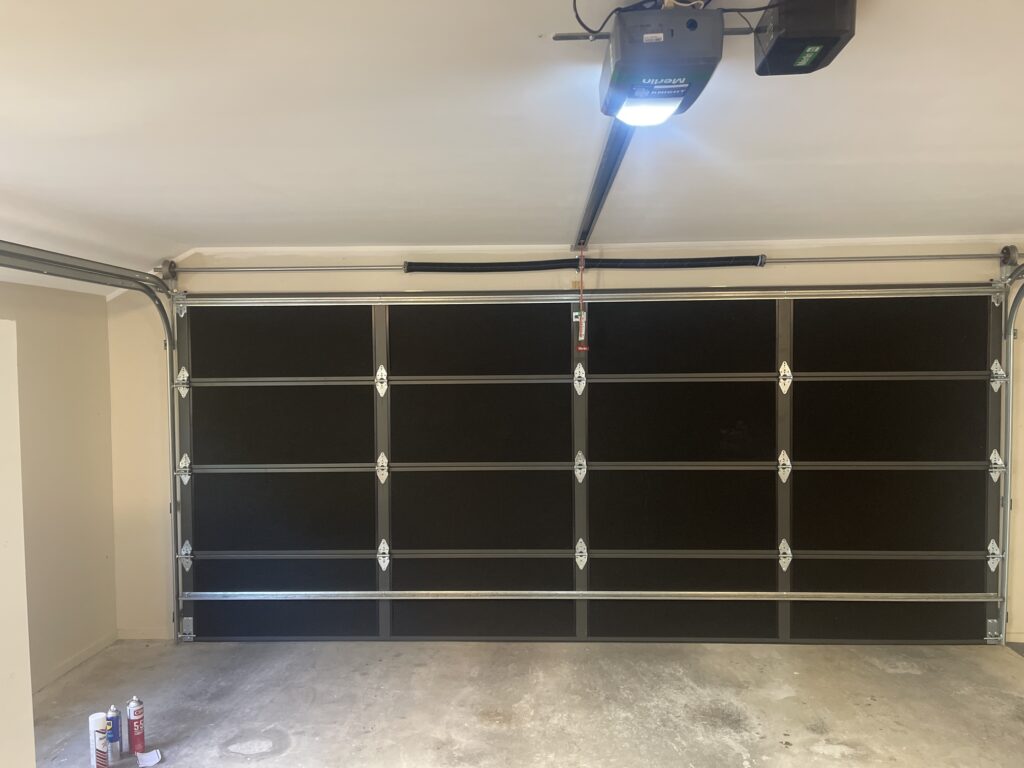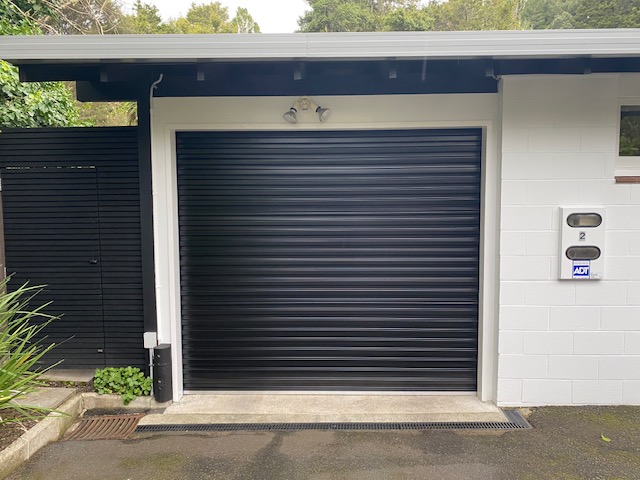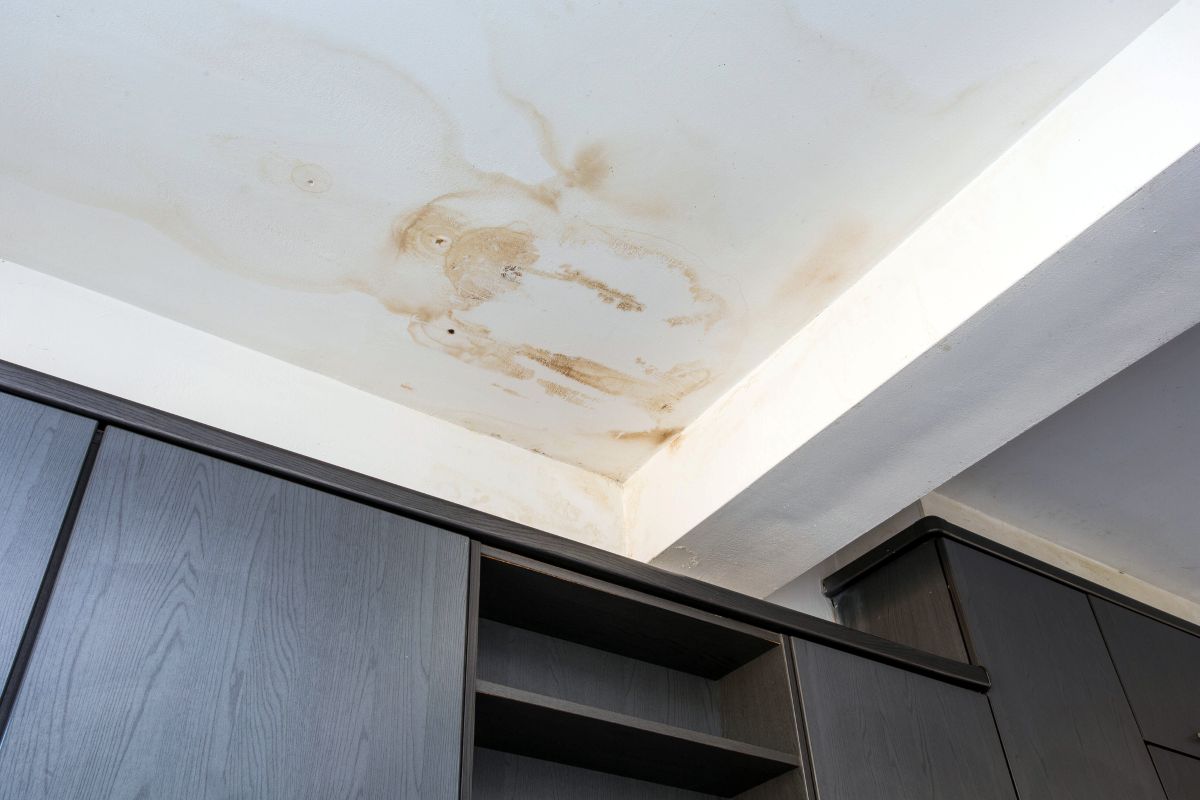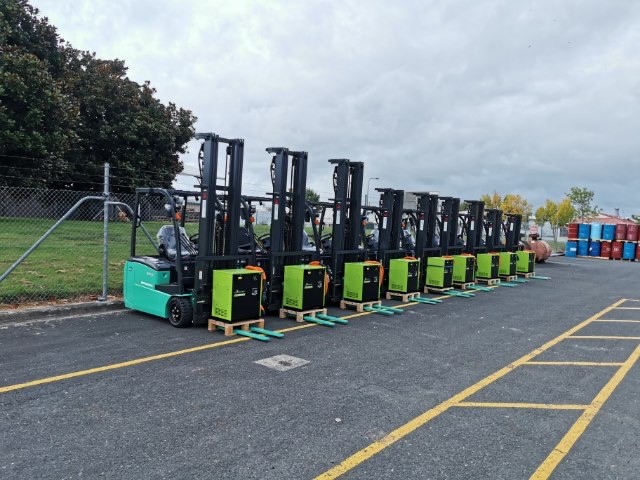Understanding the Need for Noise Control in Auckland Properties
Urban and Suburban Noise Challenges in Auckland
Auckland’s expanding population and urban development have led to a noticeable rise in ambient noise. From the persistent buzz of traffic in central areas like Newmarket and Mt Wellington to the sounds of construction in fast-growing suburbs such as Flat Bush and Hobsonville, Aucklanders are increasingly exposed to disruptive sound.
Common Sources of Noise Pollution Near Homes and Businesses
Traffic congestion, nearby train lines, airports, school zones, and industrial activity all contribute to unwanted noise. Even commercial and mixed-use zones can experience high noise levels that affect day-to-day operations and personal well-being.
Why Noise Insulation Is Becoming a Priority
As more people work from home or seek better energy efficiency, reducing noise infiltration has become a significant concern. Soundproofing not only contributes to quiet but also increases property appeal and occupant satisfaction.
How Roller Doors Contribute to Sound Reduction
Design Features That Block External Noise
Modern roller doors incorporate continuous curtain designs with minimal gaps, which limits the entry points for noise. This seamless construction helps trap external sounds before they penetrate indoor spaces.
The Role of Materials and Door Thickness
The use of high-density materials like galvanised steel or double-skinned aluminium enhances sound-blocking capacity. Thicker door panels, especially those filled with insulating foam, act as effective acoustic barriers.
Sealing Mechanisms and Their Effect on Acoustic Control
Rubber seals, weatherstrips, and brush inserts fitted around the edges of roller doors improve sound insulation. These components help reduce the transmission of both low and high-frequency noise, particularly in windy or high-traffic environments.
Comparing Roller Doors to Other Garage Door Options
Noise Insulation Performance: Roller vs Sectional and Tilt Doors
While sectional doors can be insulated, their multiple joints and panels introduce potential noise leakage. Tilt doors, typically less insulated and gap-prone, are significantly less effective at blocking sound compared to high-quality roller doors.
Operational Noise During Opening and Closing
Roller doors equipped with soft-start, belt-driven motors generate less noise during operation than chain-driven alternatives. This makes them ideal for properties where quiet operation is a priority.
Benefits of Automated Quiet-Motor Systems
Advanced roller door systems now come with whisper-quiet motors, reducing internal noise caused by operation and enhancing the acoustic performance of garages, workshops, and commercial spaces.

Selecting the Right Roller Door for Maximum Noise Reduction
Choosing Insulated Roller Doors for Soundproofing
Insulated roller doors typically contain a foam core, such as polyurethane or polystyrene, between steel or aluminium layers. This structure effectively dampens external sound waves while boosting energy efficiency.
Best Materials for Sound Absorption in New Zealand Conditions
Galvanised steel offers excellent sound-dampening mass and is suited for high-noise environments. Aluminium, while lighter, also performs well when paired with dense insulation and protective coatings suitable for Auckland’s coastal climate.
Considerations for Double or Triple-Layer Roller Doors
Layered roller doors, particularly those with double or triple skins, deliver superior acoustic protection. These are particularly beneficial for properties near motorways, railways, or noisy industrial zones.
Real-World Applications of Noise-Reducing Roller Doors in Auckland
Case Studies: Residential Areas Near Busy Roads or Schools
In suburbs like Ellerslie, Avondale, and Glenfield, homeowners near main roads have reported significantly reduced interior noise after upgrading to insulated roller doors. These improvements enhance not only comfort but also property value.
Benefits for Commercial Units and Shared Workspaces
Businesses in areas such as Penrose or Wairau Valley often operate in high-noise environments. Installing noise-reducing roller doors can improve internal working conditions and reduce complaints from neighbouring properties.
Enhancing Tenant Satisfaction in Auckland Rental Properties
For landlords managing rental homes in noisy urban areas, acoustic roller doors are an easy upgrade that attracts and retains quality tenants, especially those seeking home-office-friendly spaces.
Maintenance Tips to Preserve Soundproofing Qualities
Inspecting Seals, Tracks, and Insulation Panels Regularly
Over time, seals may degrade and lose their effectiveness. Routine checks help ensure the soundproofing remains intact and no gaps have developed.
Signs Your Roller Door May Be Compromising Acoustic Control
If external noise becomes more noticeable or the door rattles during operation, it may be time for maintenance or seal replacement. Dents or panel damage can also reduce insulation effectiveness.
When to Consider Upgrades or Replacements
For older roller doors that lack modern insulation or have deteriorated over time, replacing the unit with a high-spec, noise-reducing model can restore acoustic control and improve energy performance.
Are Noise-Reducing Roller Doors Worth It in Auckland?
Summary of Key Advantages
Quality roller doors do more than look good, they actively block out unwanted noise, improving quality of life for homeowners and productivity for businesses. Their design, materials, and motor systems all contribute to superior acoustic performance.
ROI and Long-Term Comfort for Homeowners and Businesses
Though they may carry a higher upfront cost, noise-reducing roller doors offer excellent value over time. They enhance security, reduce energy bills, and increase property desirability, all while making your environment quieter and more enjoyable.
Expert Advice on Installation and Product Selection
To get the most from your investment, consult experienced Auckland-based roller door suppliers and installers. They’ll help you choose the right combination of insulation, materials, and sealing features to match your specific noise challenges and property type.


